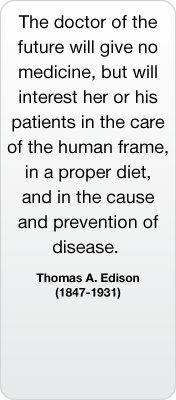When I read about people having heart attacks while shoveling snow, I start to wonder about the advisability of exercising outside in cold weather. Is winter walking, running, cycling, etc. inherently more taxing? Should people of a certain age or those who aren't in great aerobic shape avoid outdoor exercise in winter? Should we change up our routines in winter because of the cold?

Heart attacks while shoveling have certainly become a more common occurrence today, but I don't think it's the cold weather as much as it is the health and condition of the person shoveling that is to blame. Shoveling is a whole body movement, demanding a lot of work from the legs, back, and core musculature. The more we use these big muscles, the more the heart and lungs have to work too. Shoveling contains all 4 of the body's types of movements; we move UP and DOWN to reach the snow, we PUSH the shovel into the snow, we PULL the snow up, and then ROTATE to throw it off. If you’re not accustomed to whole-body exercise like this it will definitely push the limits of your cardiovascular system, especially if the snow is heavier than anticipated.
Having said that, exposure to very cold air is known to slightly raise both heart rate and arterial blood pressure which will increase the overall stress on the heart. Combining this with over-exertion can certainly increase the risk of a heart attack. Human blood also clots more easily in cold weather, which might also increase the risk of a coronary artery blockage. People with any type of heart condition or those not in the "best shape," should certainly be more aware, and work within your limits. Seasoned walkers, runners, and cyclists should be able to handle the cold temperatures that we get around here, but should still be aware.
A few of the other dangers of cold weather exercise include:
• Increased risk of sore throat/irritation from deep inhalation of cold air.
• Asthma sufferers may experience more difficulty breathing cold air.
• Temporarily reduced immune system function leaving you temporarily more susceptible to colds or flu.
• Increased risk of sprains and broken bones due to slipping on snow and ice.
• Frostbite and hypothermia in extreme conditions for long periods of time.
There are a lot of good options for indoor exercise in the winter including health clubs, indoor tennis and raquet clubs, rock-climbing gyms, and even in-home exercise equipment. Each one allows you to keep up with your exercise as well as keep warm. If you do choose to exercise outside in the cold, it's best to keep warm by dressing in layers, so that pieces can be removed as the body heats up. Try wearing a scarf over your mouth or one of the more high-tech cold-weather face masks to warm the air a bit more before breathing it in, especially if you suffer with asthma.
There is one very real benefit to getting outside in the cold and exercising though. Seasonal Affective Disorder/SAD or even just "Cabin Fever" can set in when it gets dark and cold, and just getting outside and getting active can dramatically improve mood. Now that I think of it, that well deserved cup of hot cocoa waiting for you afterwards can really lift the spirits a bit too.





